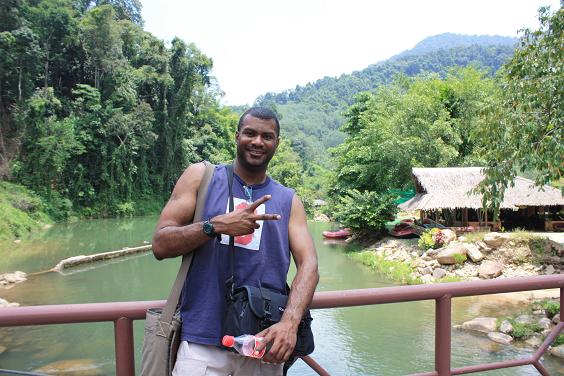On my first trip to Japan my sumo dreams never materialized. At the time I didn’t realize that matches only occurred seasonally. So for my second trip to Tokyo I dedicated myself to attending a match. My Chuseok trip to Tokyo fell right on the opening days of the fall season. Woohoo!
I couldn’t even figure out why I was becoming such a sumo sycophant. It wasn’t like I had any deep love for the sport or any childhood affectionate movies to relate to. Back in the States the closest I’d come to Sumo was playing E Honda on Street Fighter. Maybe that was enough. As I entered the Ryogoku Kokugikan arena in Tokyo I imagined hulking Japanese hairless bears circling each other. With bruised reddened cheeks they’d toss each other around, delivering body blows and hundred handed slaps with meaty hands. I didn’t really expect the E Honda special torpedo move across the ring, but I could hope!
The cheap tickets still available at the time landed me in the upper tier of the arena near the rafters. It didn’t matter. The view was still great from anywhere in the arena. The first thing I noticed was that the ring in the center was actually a square platform with a circle drawn in white on top. On each side of the square spectators squatted on mats within inches of the Sumo wrestlers waiting for their opportunity for glory as the combatants already in the ring faced off.
As the match began I learned that Sumo is more than just a fight between two behemoths: it’s a finely crafted ceremony steeped in tradition and history. Before the two opponents face off a lone man stalks delicately across the ring with a flag. His sing song voice a melancholy cry out into the eager crowd. Another man, the referee, clad in flowing robes directs the combatants to their positions, officiates over the progress of the match and acknowledges the winner.
Bouts are held during two week intervals of January, May, and September. Even if you aren’t in Tokyo during those times you could be lucky enough to watch the different stables during their training. Doors open at 8 am and close at 6 pm.



